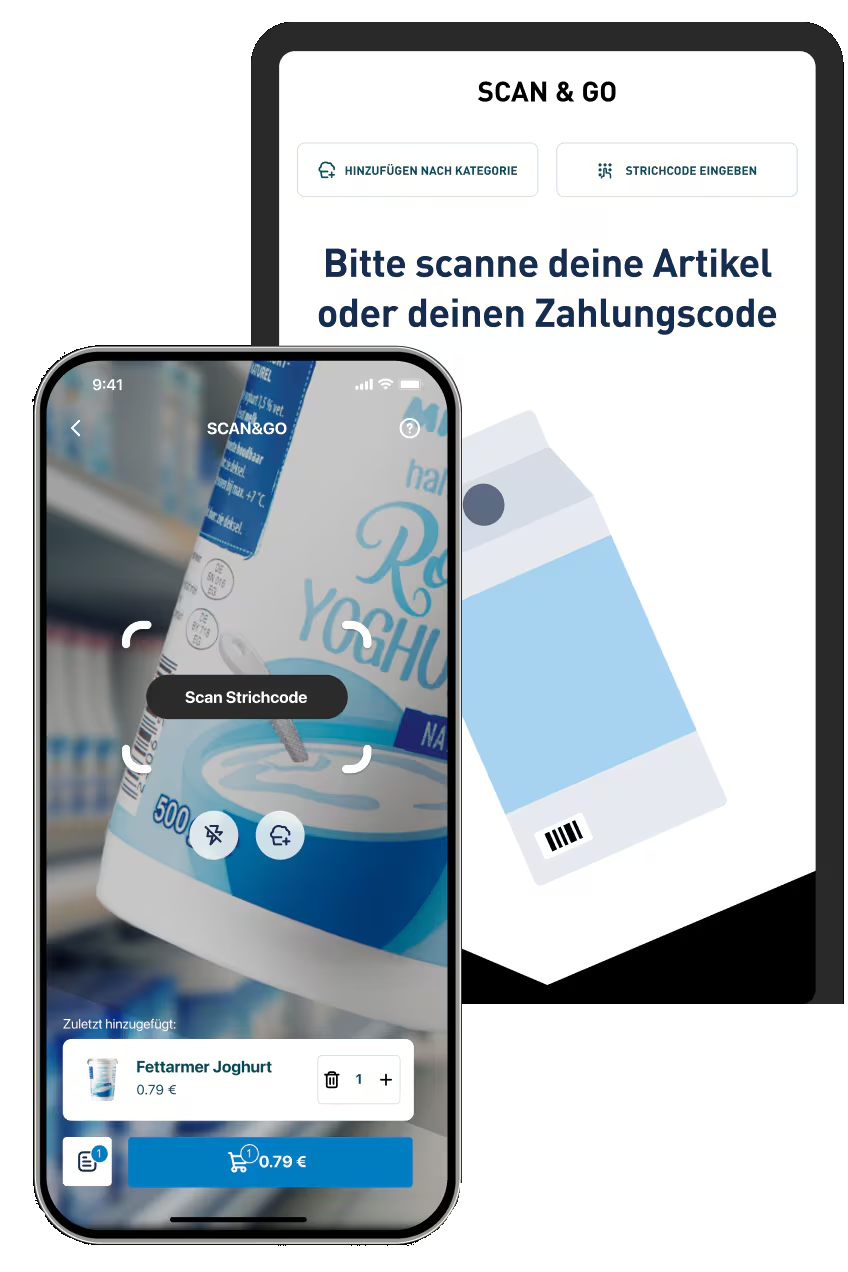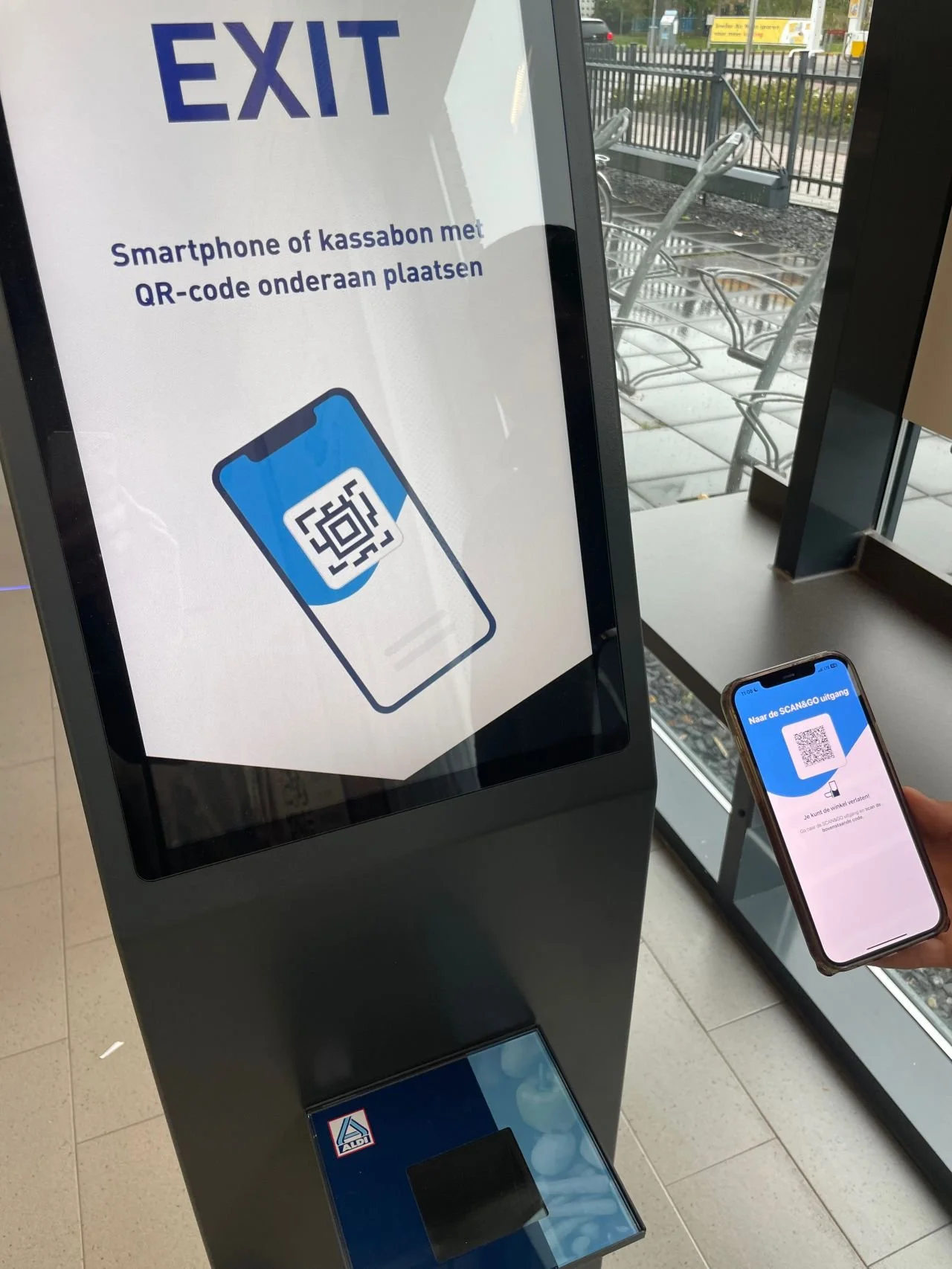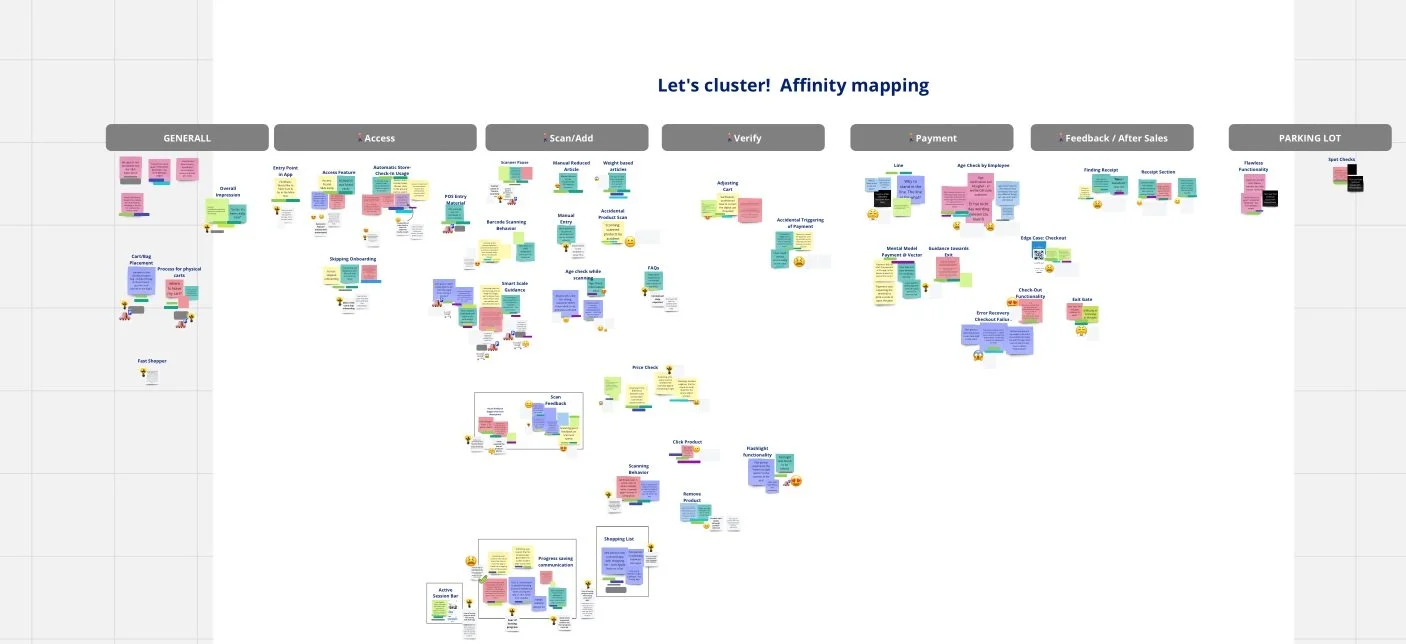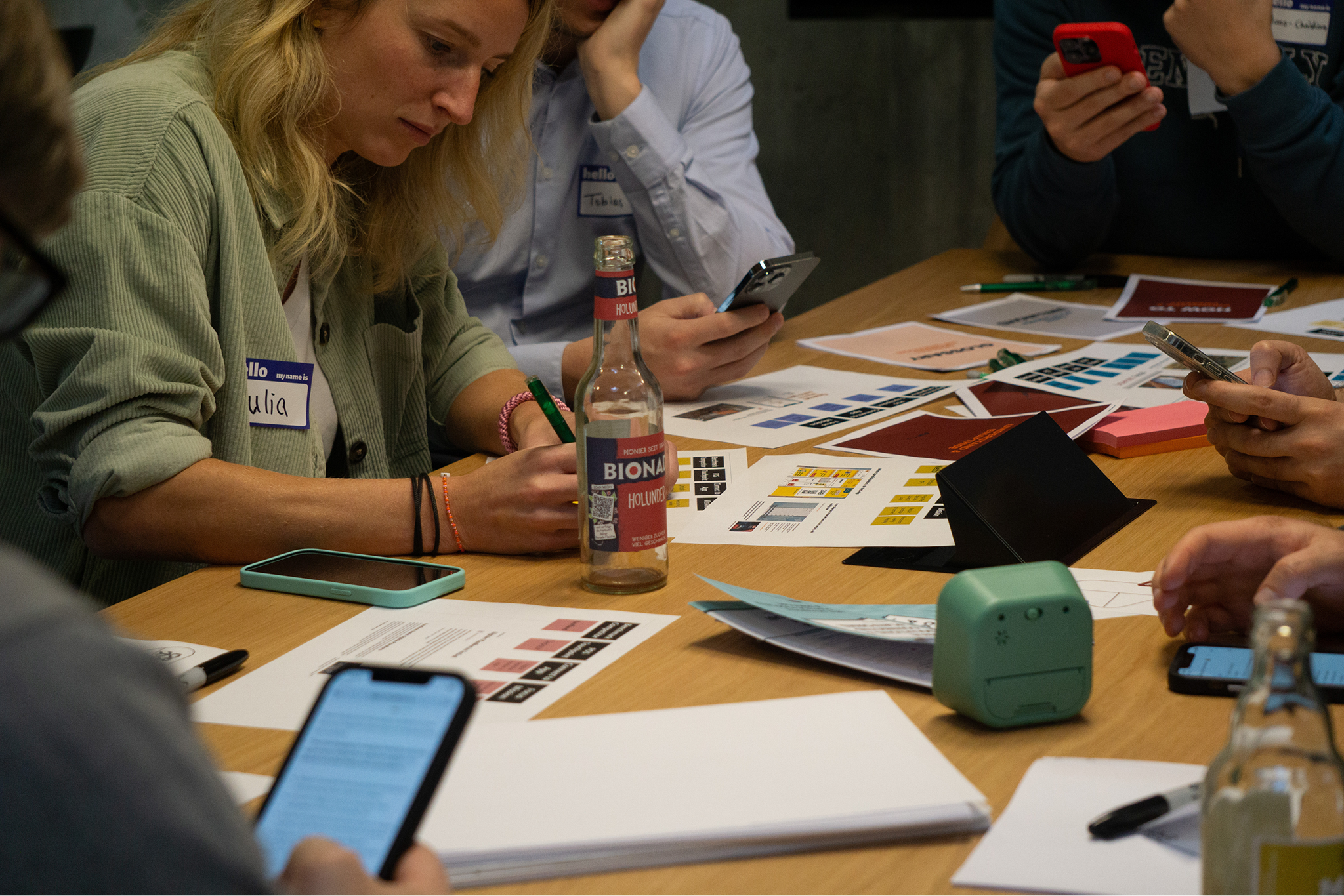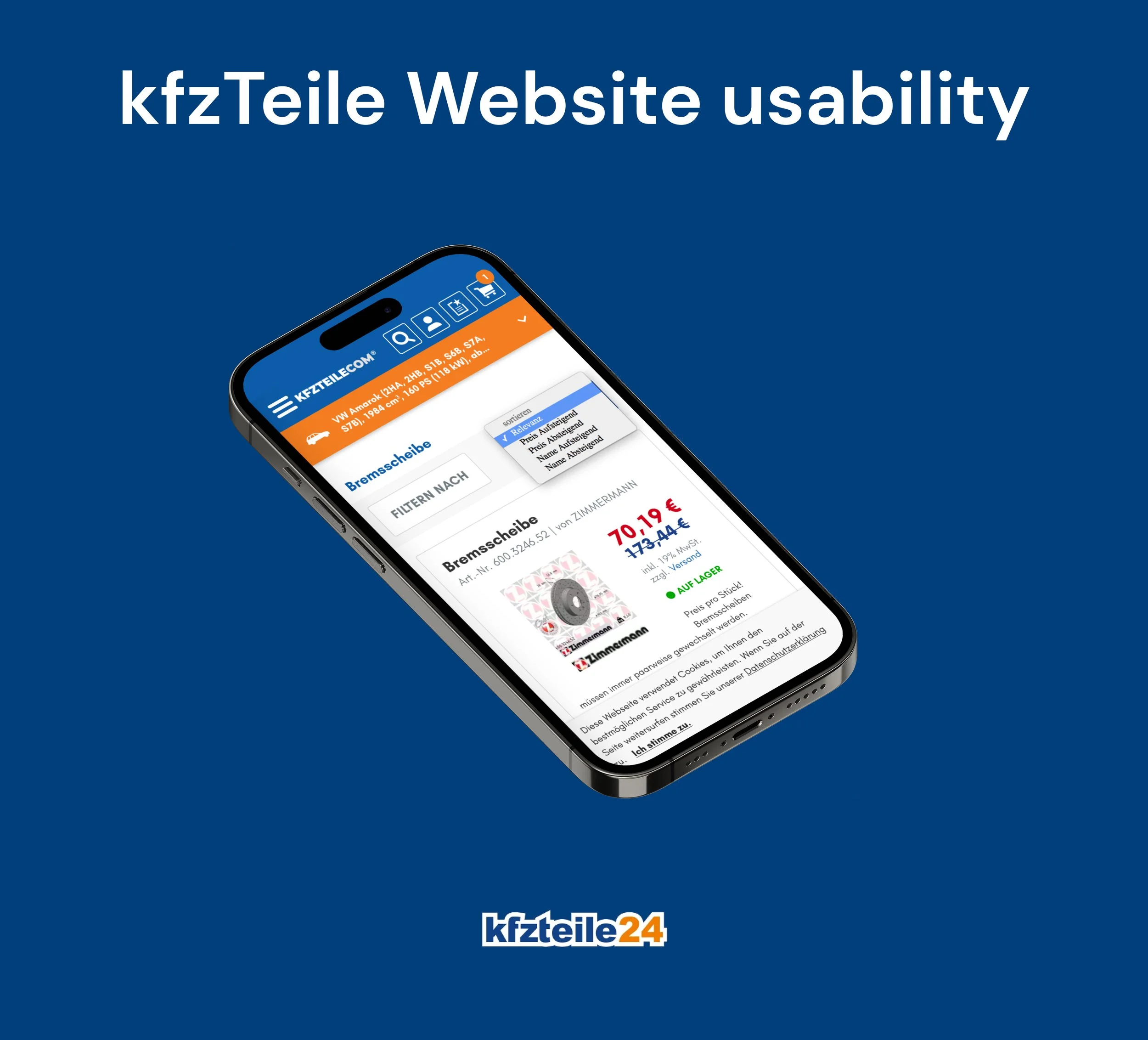
When Innovation Meets Reality: Lessons from Mobile Scan & Go Pilot
Client
A major global grocery retailer with a huge store network and millions of regular customers
Role
UX Researcher (led live usability testing, synthesis, and business-facing recommendations)
Timeline
6–10 weeks (pilot design → in-store testing → synthesis → leadership recommendations)
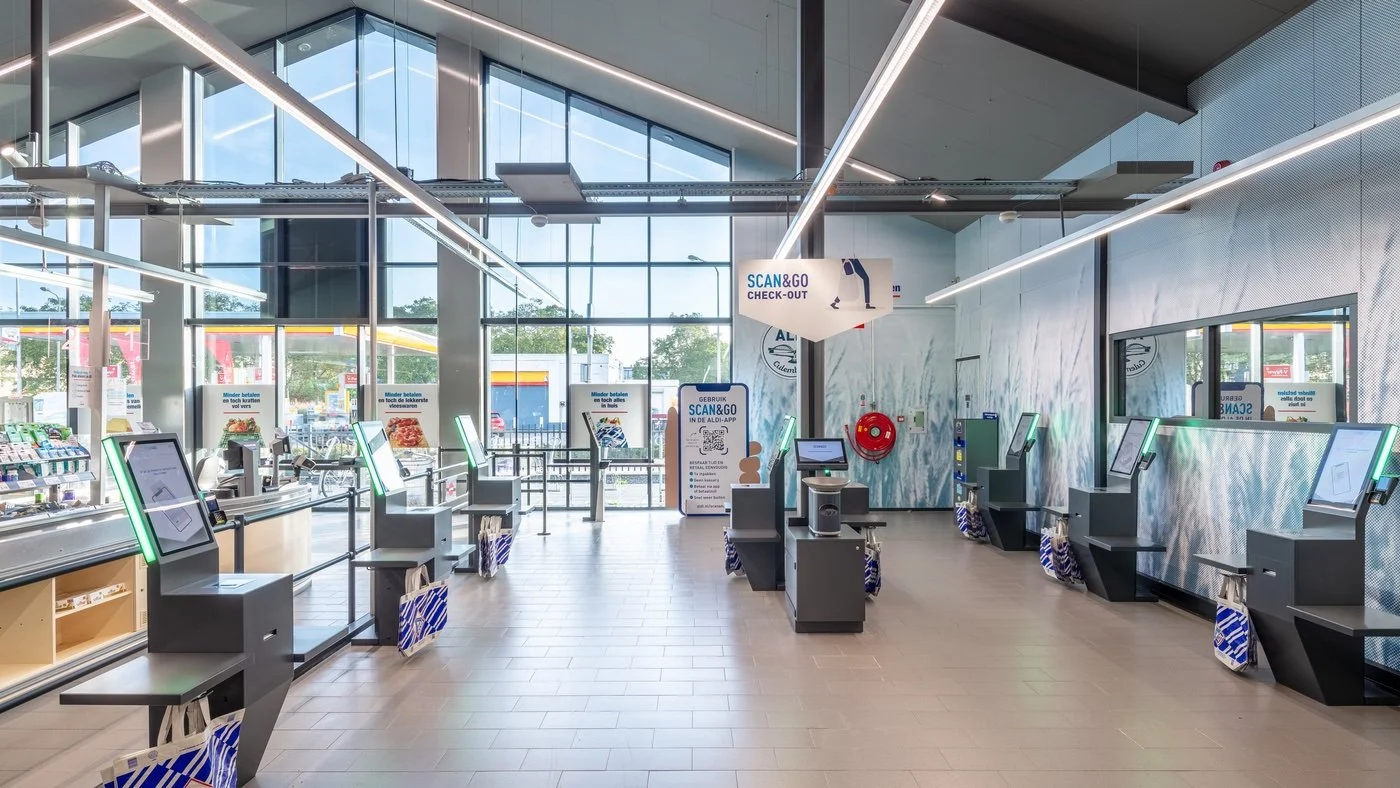
This case study is anonymized. It omits brand names, store identifiers, proprietary processes, and sensitive figures. All insights are aggregated and non‑attributable.
I led mixed-method research across five pilot stores to evaluate a mobile Scan & Go feature. The flow worked technically, but real-world adoption and operational fit were low. Research showed the UX alone could not overcome shopper habits and store constraints — preventing an expensive premature rollout and recommending a staged, ops-aligned path forward.
Problem & core assumption
Hypothesis: A smartphone-based Scan & Go feature, embedded in the app, will reduce checkout friction and be widely adopted by shoppers — lowering queue times and hardware costs.
Business question: Should the retailer scale the mobile self-checkout across stores, and if so, under what operating model?
My role & project goal
I owned research design, recruitment, in-store usability execution, cross-functional clustering workshops, and synthesis for leadership — with the explicit goal of answering: Do shoppers adopt mobile self-checkout, and what operational implications must be solved before scaling?
Research approach
Mixed methods: I led a team of 4 to conduct Live usability tests (n=20+ shoppers across 5 stores), intercept surveys, staff interviews, ticket/ops log review, and competitor scans.
Our field protocol included a standardized test script for each store, defined task scenarios (scan, pay, exit), error logging, video captures (where consented), and an immediate post-task SUS and short debrief.
Cross-functional analysis
Affinity mapping workshops with designers, engineers, and operations to cluster observations and identify root causes.
Quick cost-sensitivity analysis estimating incremental staff time per exception and projected support costs under different adoption scenarios.
Key findings
Technical: Flow works for committed users — scans & payments succeed in tests.
Adoption: Blocked by habit & trust (fear of missed items, exit uncertainty, payment worries).
Operations: Increases staff interruptions and exception handling.
Feedback: Lacks real-time cues and in-store social proof (signage, staff nudges).
Business implications
Scaling risk: Broad rollout → low use, higher ops cost.
Service scope: Must design for ops (staff, cues, policies), not just UI.
Our recommendation
Don’t scale mobile Scan & Go yet — instead run an evidence-driven phased plan that removes behavioral friction and operational risk, and only scales when predefined adoption and cost thresholds are met.
Phased plan
Phase 1 -Adoption experiments
Key experiments will include signage, staff “champions,” small incentives, in-app feedback tweaks. Measure adoption & exception rate.
Phase 2 — Process & rules
Define exception scripts, lightweight POS audits, staffing adjustments, build pilot dashboard.
Phase 3 — Scale
Invest in reconciliation, gate automation, network rollout.
Core Targets
Adoption rate ≥ 15%
of shoppers in pilot cohortException rate ≤ 5–8 per 100
Successful exit rate ≥ 85%
starters who exit without staff helpWant to See More Work?
Personal concept and design to find wedding venues.
Enhancing Mobile Usability: A User-Centric Case Study
Contact Me
tarek.hassan.it@gmail.com
Location
Cologne, Germany
